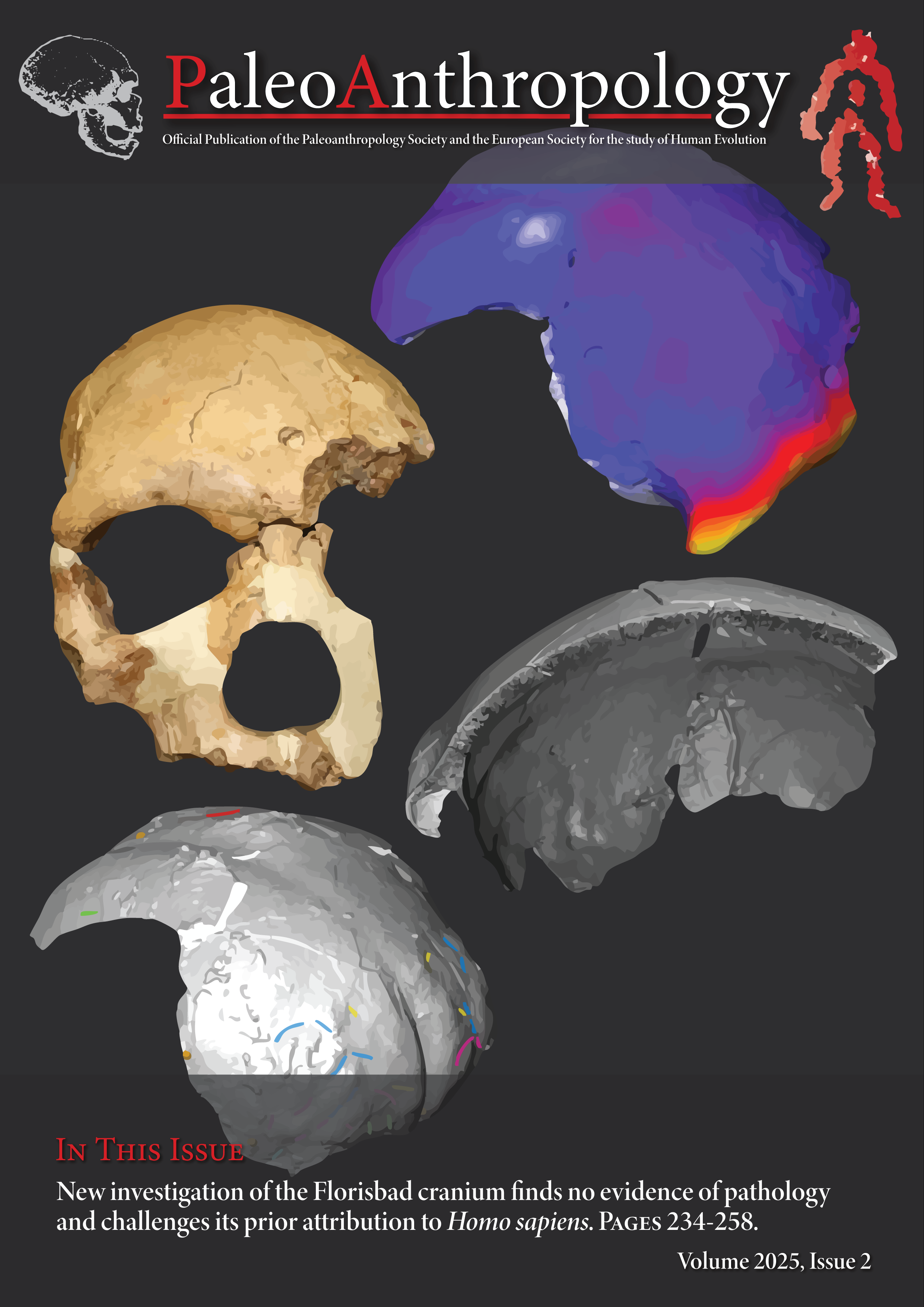Informal Nomenclature and Hominin Classification Special Issue: What’s in a Name? Late Middle and Early Late Pleistocene Hominin Systematics
Main Article Content
Abstract
Many of the names used by specialists in studies of hominin evolution are outside the formal Linnaean classification governed by the International Code of Zoological Nomenclature. These non-Linnaean names include many of the most widely used terms in the field, such as “Neanderthal” and “modern human”. Sometimes considered as “informal”, such names are often used as units of analysis in research as well as for communication to the public. Researchers have defined more and more of these non-Linnaean names in recent years, in part connected with the greater application of genomic information to recognize ancient groups. Archaeogenomics, which encompasses many Holocene and terminal Pleistocene human populations, has naming practices that are distinct from those typical of paleoanthropology. A survey of non-Linnaean names in current use within hominin evolution research reveals four overlapping patterns of naming, which have shifted in importance over the years. These practices have a history that began in the eighteenth and nineteenth centuries with the classification of human races. While some paleoanthropologists have argued for greater application of formal Linnaean names, the flexibility of non-Linnaean nomenclature has encouraged many specialists to use them in scientific communication and public engagement.

